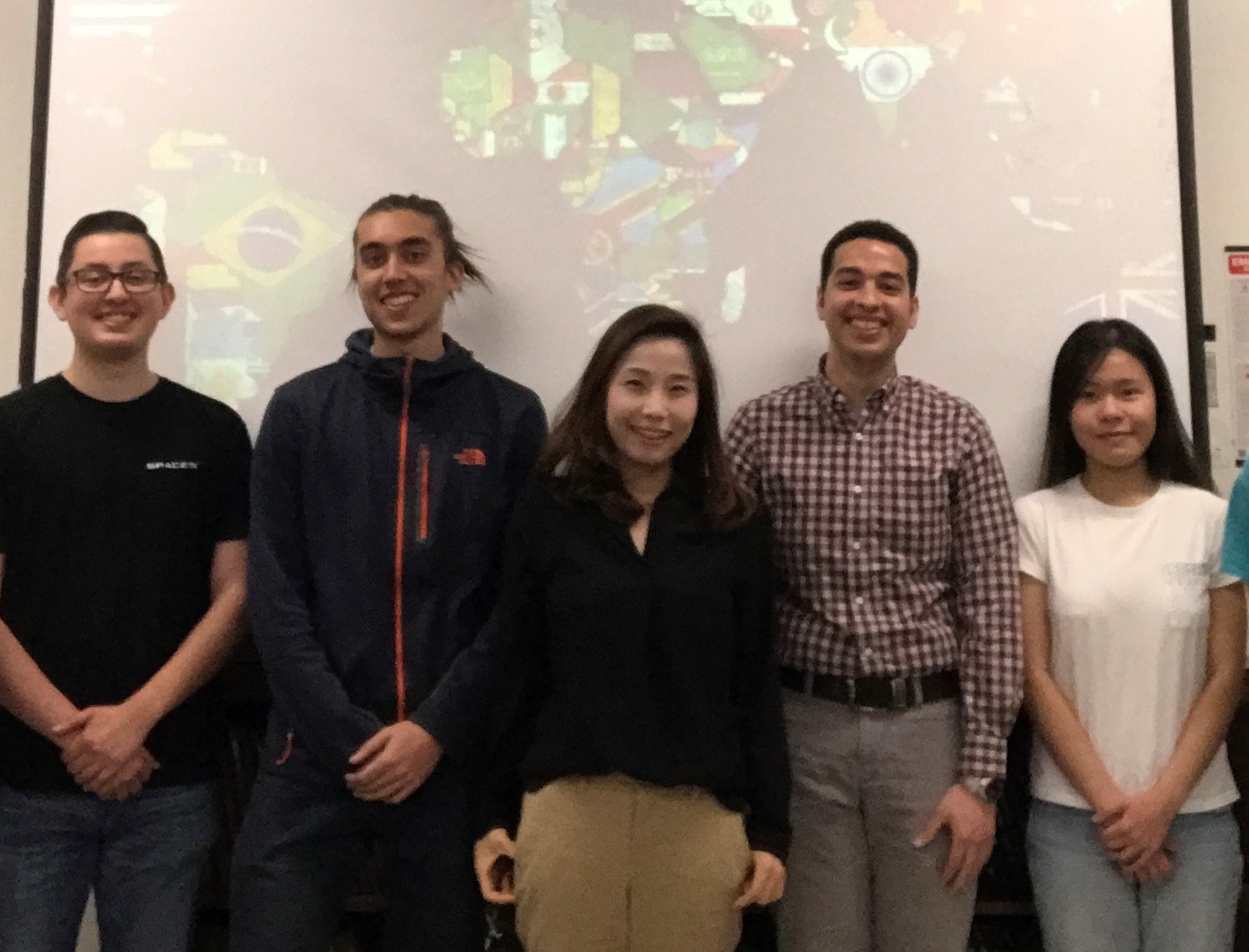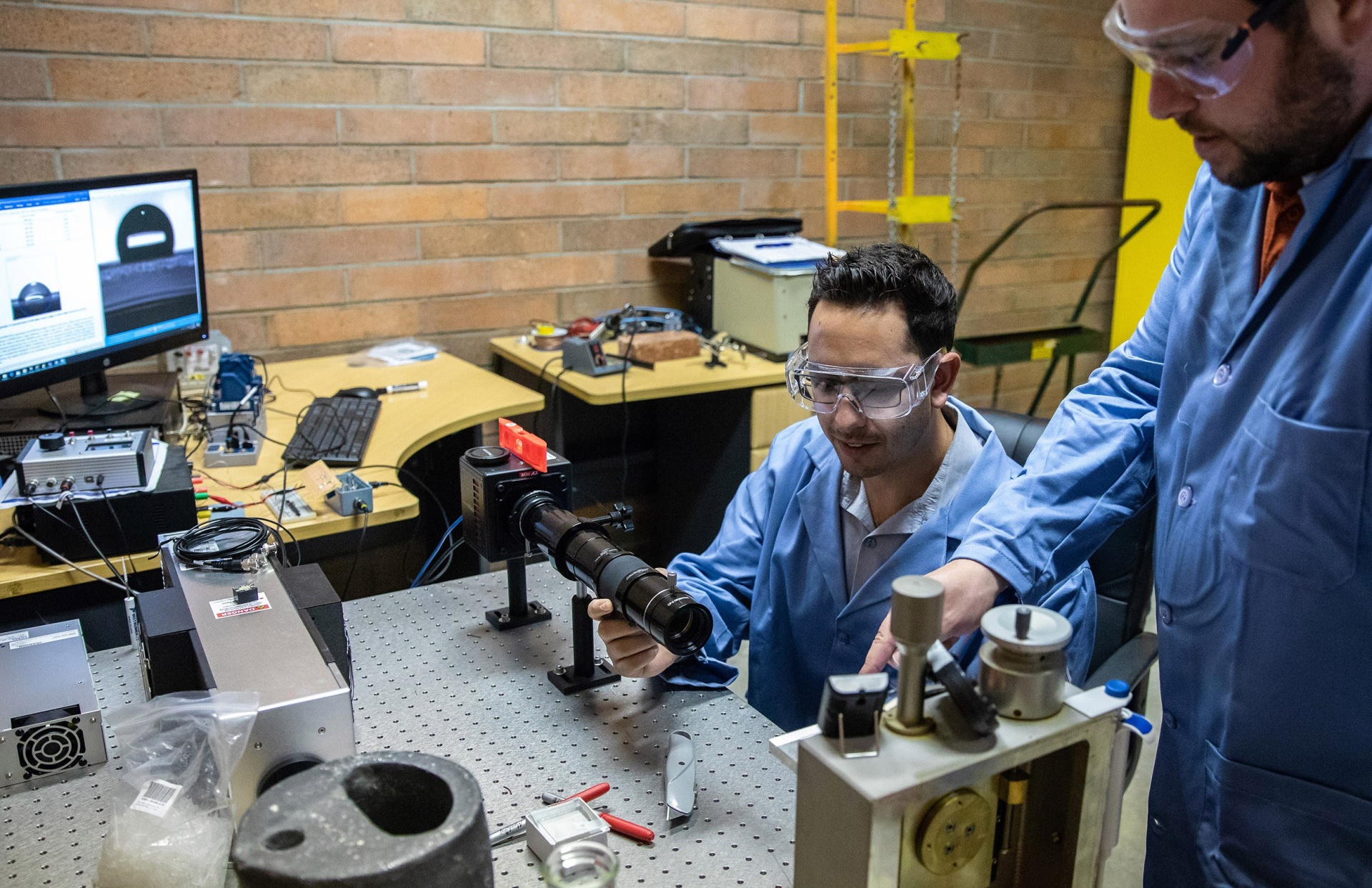Aerospace Systems

Eun Jung Chae
Research lab
Publications
Contact
Dr. Eun Jung Chae's research focuses on the numerical, theoretical, and physical modeling in single/multiphase flows of smart/adaptive propulsions, unmanned aerial vehicles (UAV), morphing wings, and energy conversion systems. She has been involved with research activities in Computational Fluid Dynamics (CFD) and Fluid-Structure Interaction (FSI) simulations of flexible lifting bodies on the aeroelastic response and stability. She developed a new FSI coupling model to determine the stability boundaries and governing instability modes and to examine flow-induced vibration characteristics. The current research has focused on quantifying the aerodynamic benefits of morphing wings with respect to aircraft adaptation to a multitude of different off-design conditions through both numerical simulations and experiments. Dr. Eun Jung Chae joined the CSULB Department of Mechanical and Aerospace Engineering as an Assistant Professor in 2017. She obtained her Ph.D. and M.S. in Naval Architecture and Marine Engineering from the University of Michigan, Ann Arbor in 2015. Prior to joining CSULB, she served as a Postdoctoral Research Fellow (2015-2017) in the Department of Aerospace Engineering and Department of Naval Architecture and Marine Engineering at University of Michigan.

Joseph Kalman
Research lab
Publications
Contact
Dr. Joseph Kalman's research focuses on combustion of solid fuels and energetic materials (solid composite propellants) for propulsion and defense applications with an emphasis on non-intrusive diagnostic. His work seeks to understand the underlying physics and chemistry of how these materials ignite, decompose, and deflagrate. Previous work has studied high-temperature spectral emissivity of metal oxide particles, ball-milled boron/PTFE composites, and combustion of submicron CL-20 propellants. Recently, he has worked on applying synchrotron based x-ray diagnostics to unravel the low temperature decomposition mechanism of ammonium perchlorate, a common oxidizer, and was the first to use x-rays to make in-situ measurements of aluminum agglomerates at motoring pressure. Dr. Kalman holds a Ph.D. in Mechanical Engineering from the University of Illinois at Urbana-Champaign. He worked in the Combustion Science and Propulsion Research Branch at the Naval Air Warfare Center Weapons Division in China Lake, Calif., from 2014-2018.





